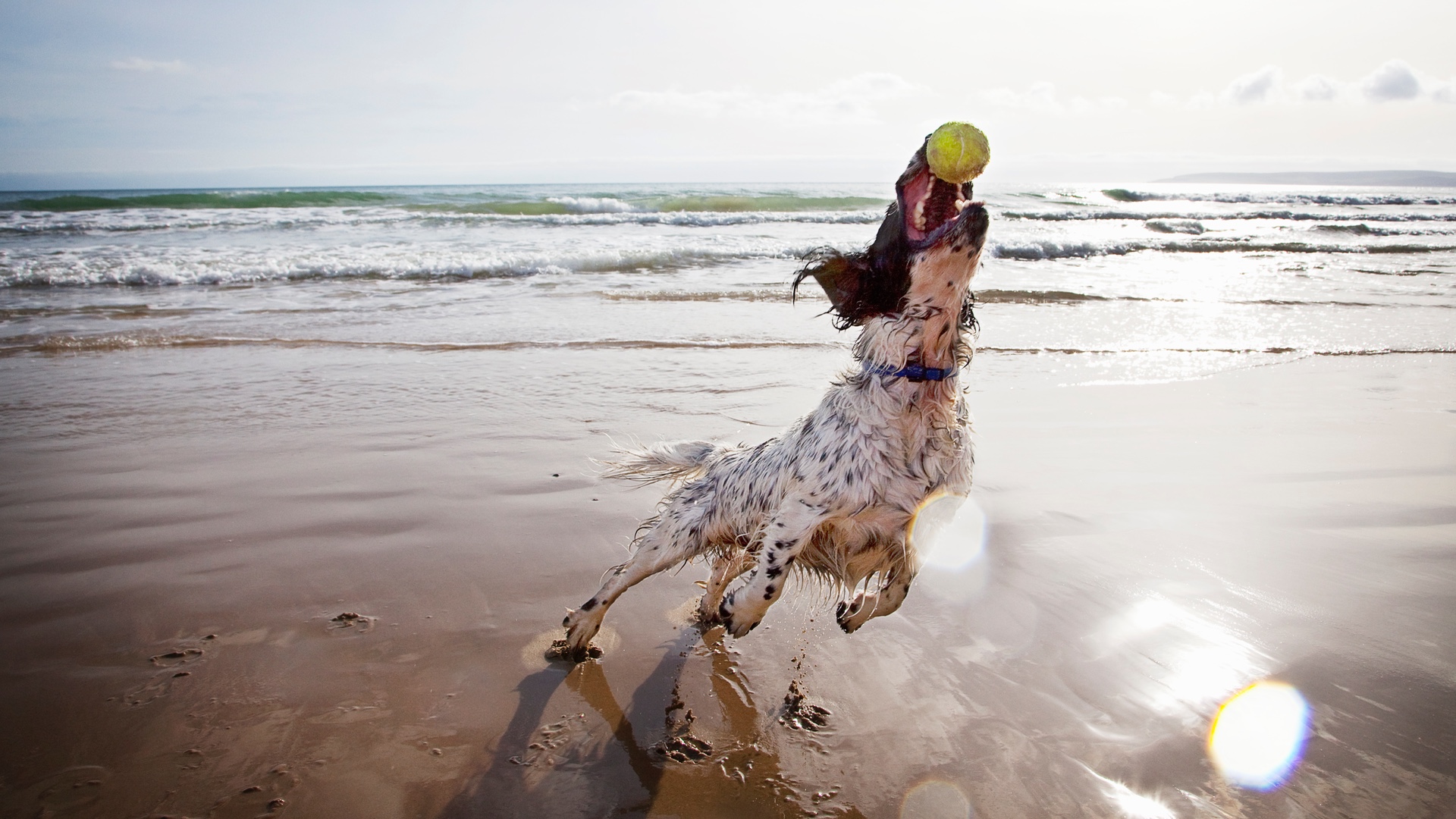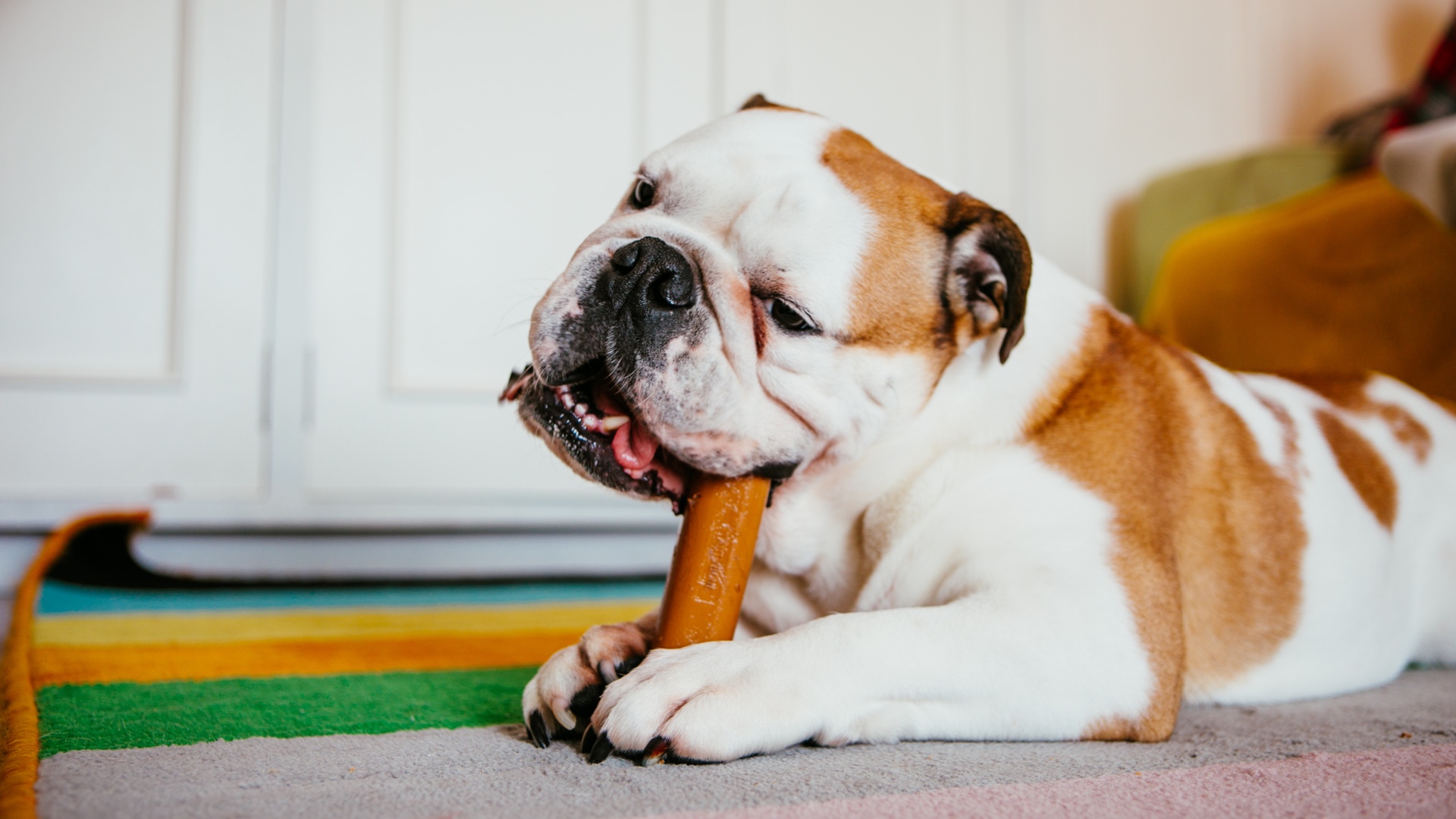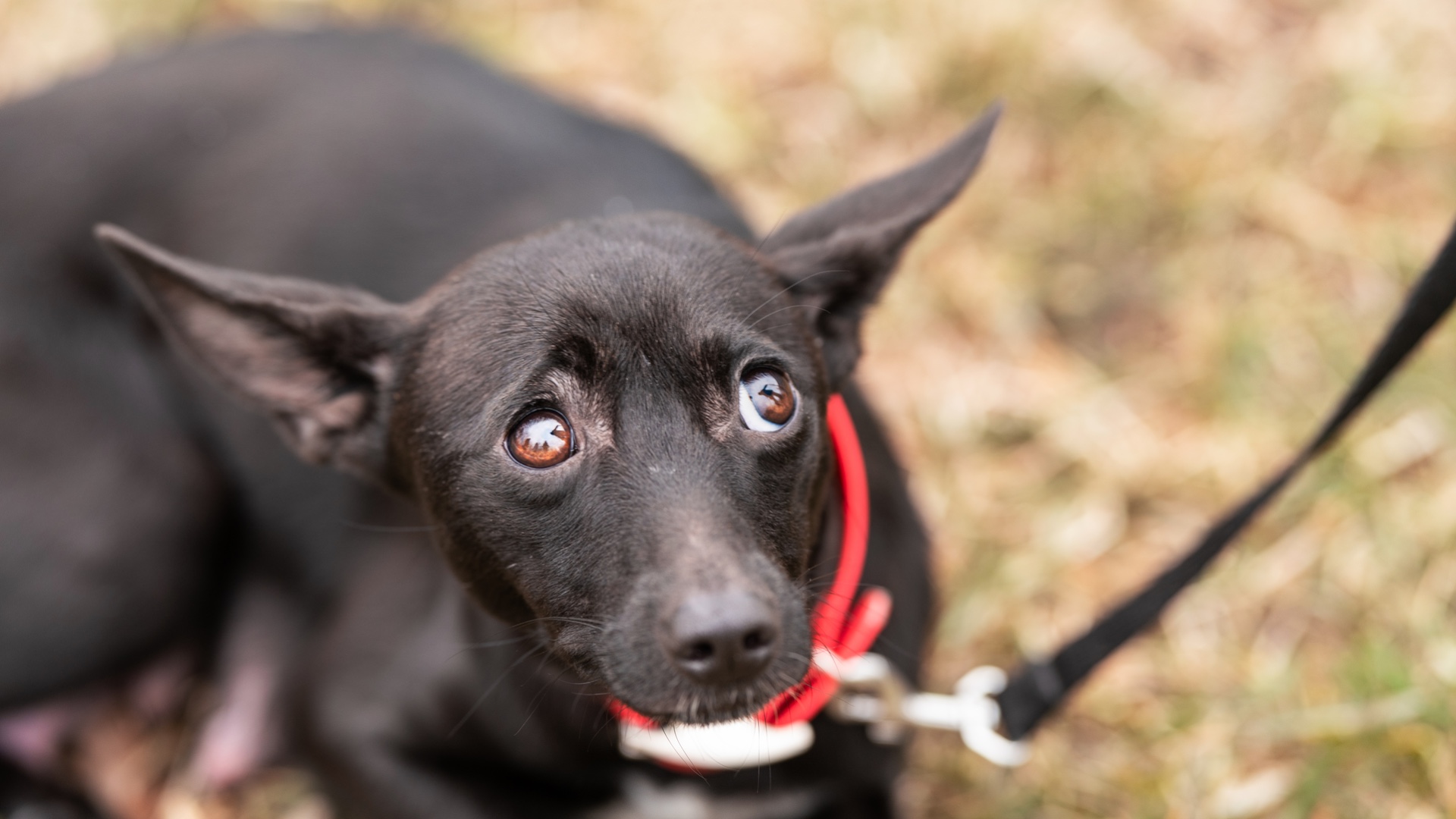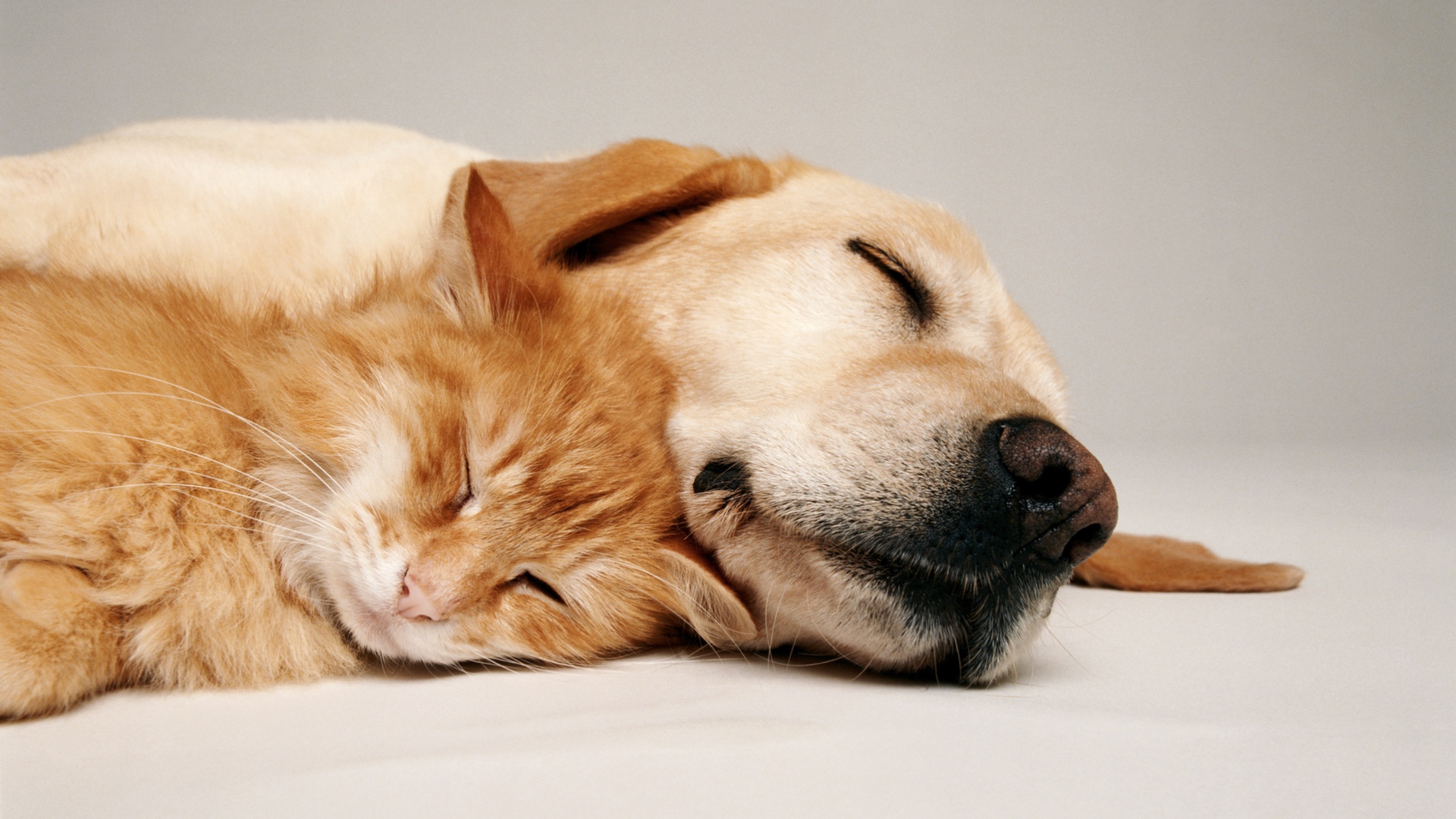
What to do if your dog is choking is a question and an event most likely to send you into a blind panic. True choking is a stressful and serious incident that requires both immediate intervention and treatment to prevent devastating circumstances from occurring such as death. Choking can be mistaken for a condition known as reverse sneezing where a dog often remains still and makes dramatic sounds as they snort and cough but this is generally nothing to worry about. True choking will also be accompanied by the following signs: an inability to breathe in (inhale), making high-pitched stressful noises when they try to, pacing, pawing at the mouth in panic, blue-tinged or blue-colored gums, retching and drooling.
If it is decided that your dog is truly choking then action must be taken. Before we dive into what to do and how to help them, the rules of first aid need to be remembered and adhered to, plus try to remain calm so you can give your dog the help and support they need.
Rules of first aid
- Maintain your own safety
- Establish an airway
- Check circulation
- Protect and begin appropriate first aid treatment
- Call for help
Why is my dog choking?
Numerous reasons and problematic situations can cause a dog to choke but in any event, choking is an emergency. Here are a few common instances that may cause choking. It isn’t an exhaustive account of what can create this unwanted scenario but does point out the frequent culprits of it. They often fall into three categories: an object stuck in the throat such as a ball that is too small, a stick or a food item, objects wrapping tightly around their neck, for example fishing wire, or an anaphylactic reaction due to the ingestion of a poison, a toxic food, an insect sting or bite, or they have eaten a substance they are allergic too.

What should I do if my dog is choking?
As hard as it might be, in the first instance don’t panic. This is undoubtedly a scary situation but the calmer and quicker you respond the better. First, be certain this is true choking and not severe coughing if it is true choking, then move on to attempting to open the mouth. Do not attempt this though if you feel you will be bitten and, if your dog does try to bite (most likely out of fear), discontinue this process. Once the mouth is open, examine it to see if you can find any object blocking the airway. If you can clearly see it and you can easily grab it with your fingers or move it out of the way, do so. However, be extremely careful doing this as you may inadvertently push the object further back in the throat or down the windpipe causing more problems. If you suspect that may happen, abandon this process.
Sometimes you may not be able to remove the object fully but can move it out of the way slightly, providing some free airflow and much needed oxygen. In this case, this gives you a bit of time but your dog must be taken straight away to your veterinarian who will be able to remove it properly.
If you cannot remove the item with your fingers, or problems occur like those mentioned above, the next stage would be to tip your dog upside down by holding them upright by their back legs if they are a small dog. If they are a larger dog then tip their back legs up from the standing position as though they were a wheelbarrow. These positions may dislodge the object due to gravity. If not, move on to the next stage which is the Heimlich maneuver.
The Heimlich maneuver according to the Texas A and M University of Veterinary Medicine and Biomedical Sciences, is similar to that which is performed on humans. Firstly place your dog in the wheelbarrow position as described above and (you may need a second person to help) place your arms around their abdomen and make a fist with your hands. Push up and forward just behind the rib cage five times. If your dog is lying down, place one hand on their back and the other hand to squeeze and push the abdomen upward.
Hopefully, this dislodges the item but be sure to check the surrounding area to be certain you have it and all of it has been removed.
If the item hasn’t dislodged or they are still showing distress and/or concerning signs after you have removed the blockage, these all indicate your dog must be taken to your veterinarian immediately as an emergency.

Can a dog survive choking?
If prompt and correct action is taken to remove the offending blockage, an open airway is re-established and normal breathing resumes, it is likely your dog will recover with no ill effects. However, progress in Brain Research 2021 found that if a dog’s brain is deprived of oxygen for around five minutes, it can unfortunately result in brain and lung damage which is a further reason to act immediately when choking is suspected. A successful outcome after a choking episode will be on a case-by-case basis but your veterinarian will fully check your dog over for any long-lasting or untoward effects. Any trauma to your dog such as mouth or throat wounds, will take longer to heal and recover from and these can take a few days to weeks depending on the severity.

How can I prevent my dog from choking?
Whilst accidents and injuries can not all be avoided, some will occur despite your best efforts and hopes but there are measures you can put in place to reduce the chances of them happening, these include:
- Remove choking hazards from your environment such as incorrect sized toys (balls should be larger than their mouths), don't feed bones or chews that break off, avoid rawhide, avoid feeding certain human foods, don't use sticks, conkers or other park/garden items as play toys, keep clothing items like socks out of the way.
- Know what is poisonous and toxic to your dog. This helps your dog avoid meeting such a substance or food in the first place or you at least know the substance or food causes issues and immediate vet help can be sought.
- Dispose of wires, plastic wrapping and packaging properly.
- Keep up to date with health checks and vaccines. These help protect your dog and also provide opportunities to pick up any allergies they may have developed, which could result in n anaphylactic response later on should come into contact with the said problematic allergen.







